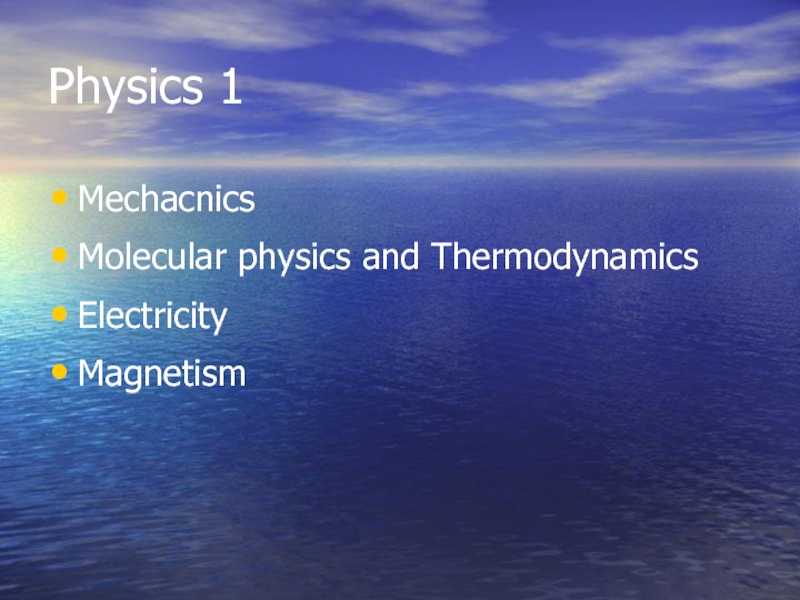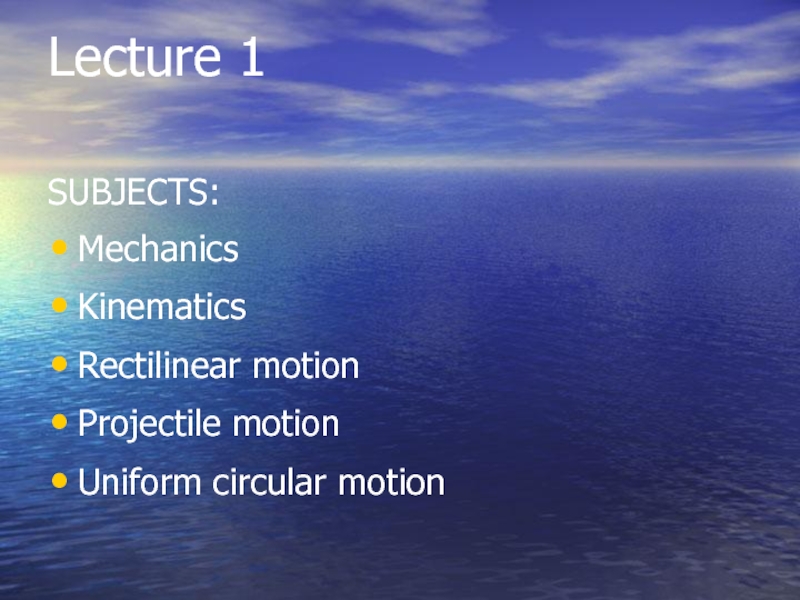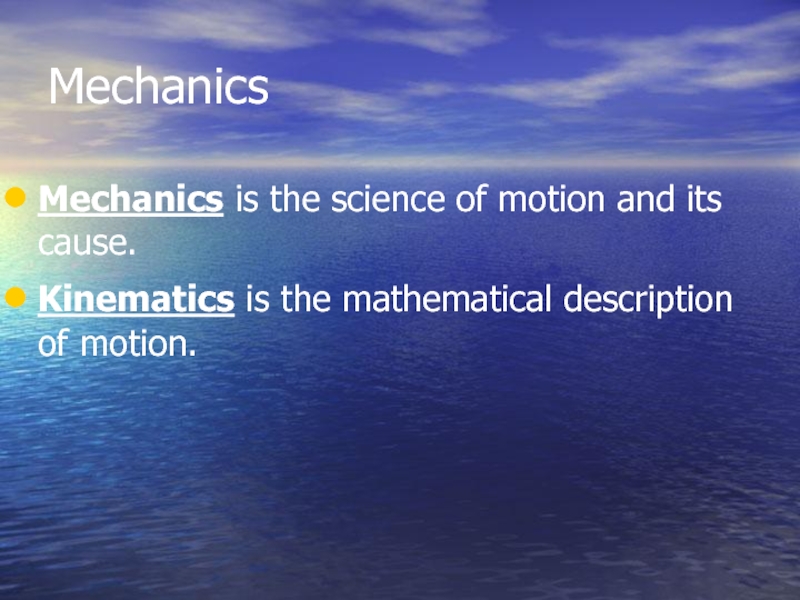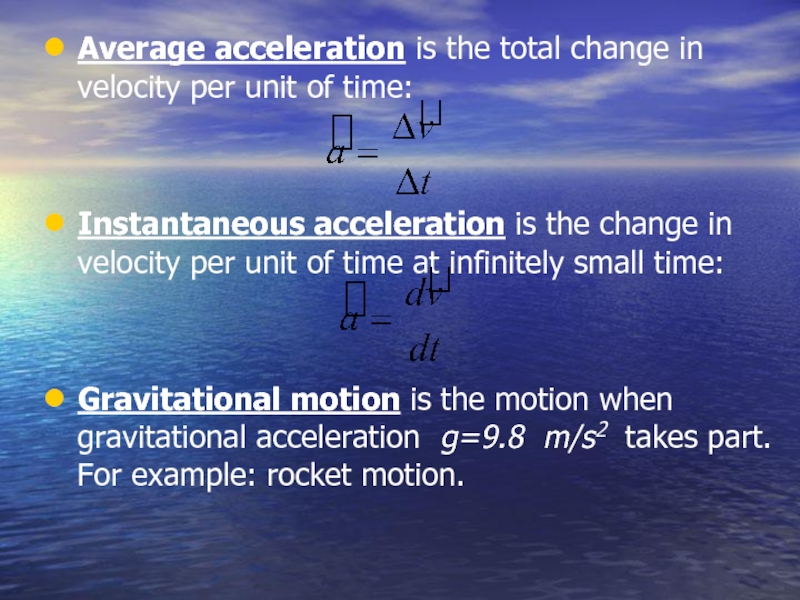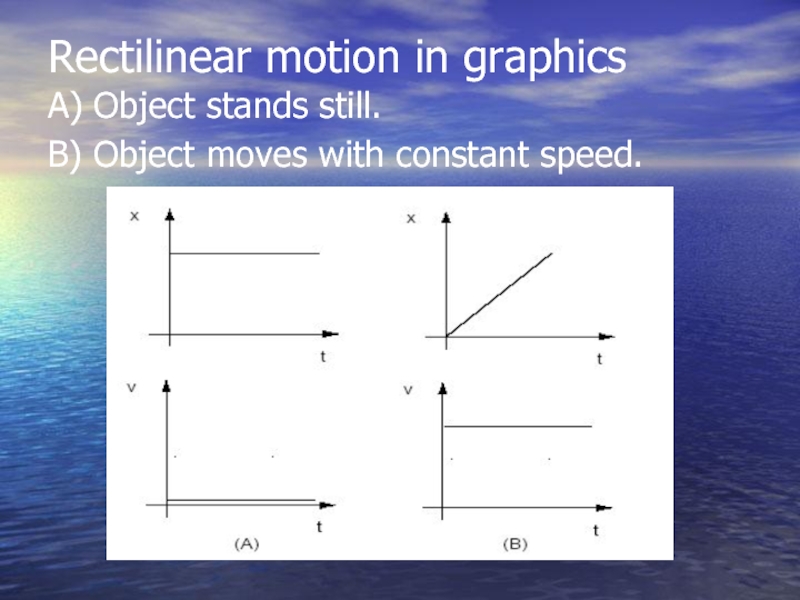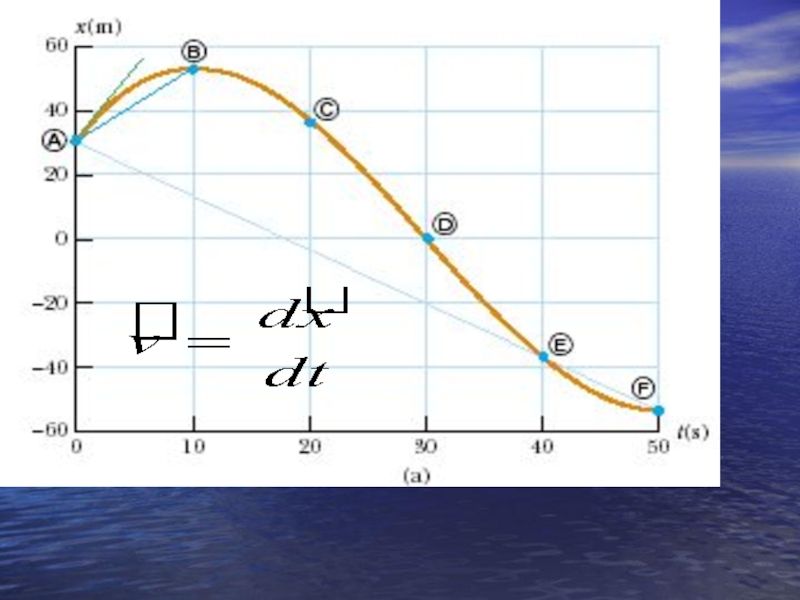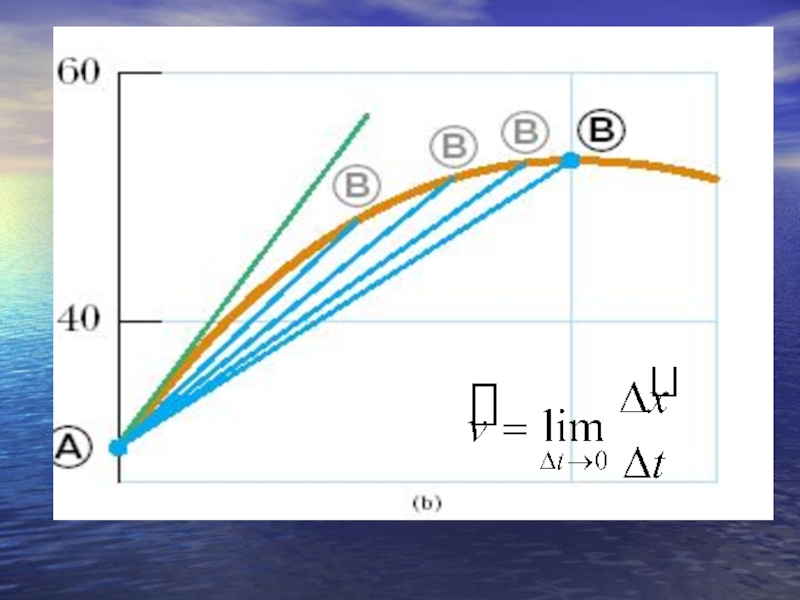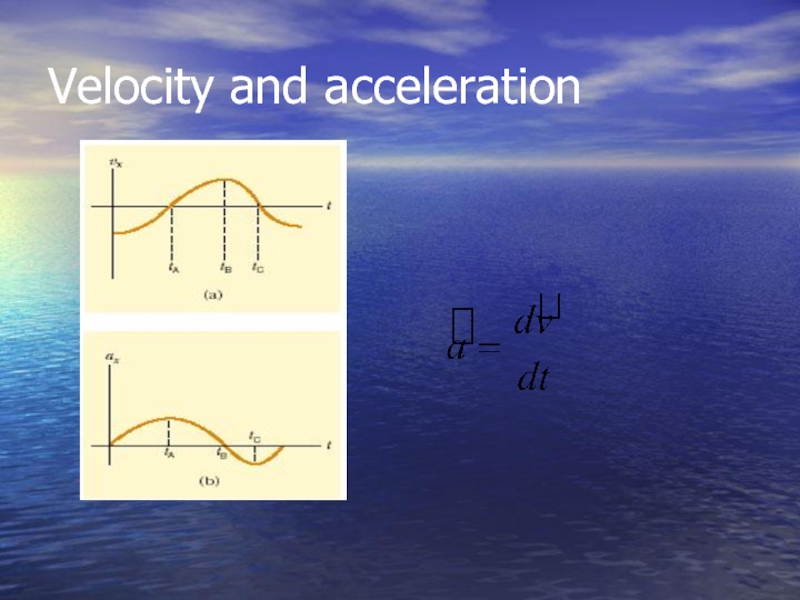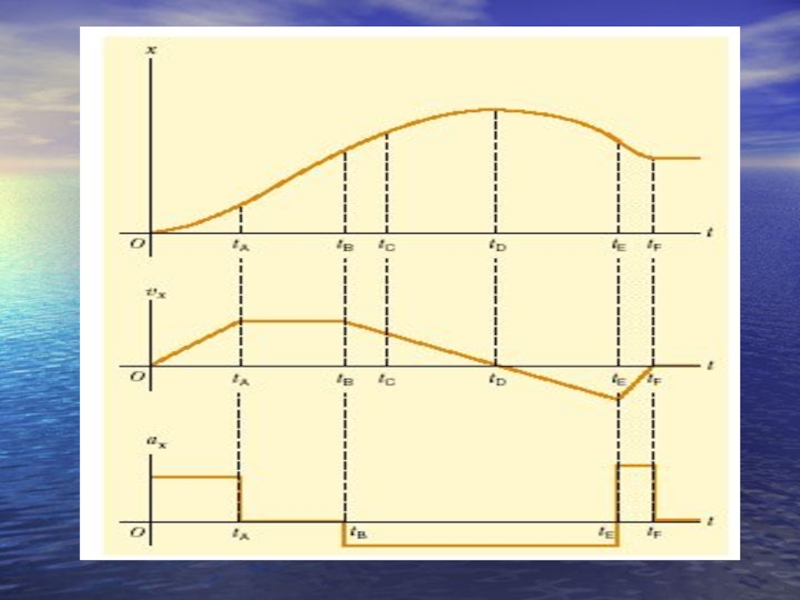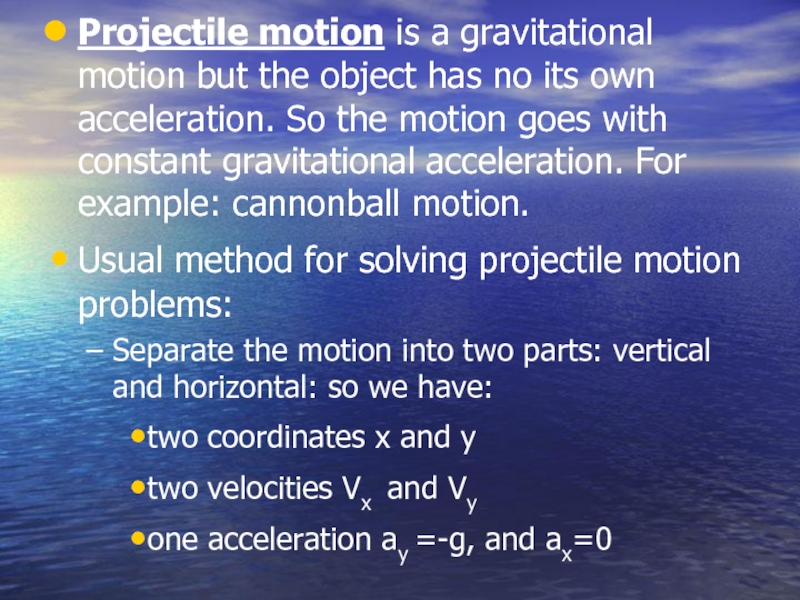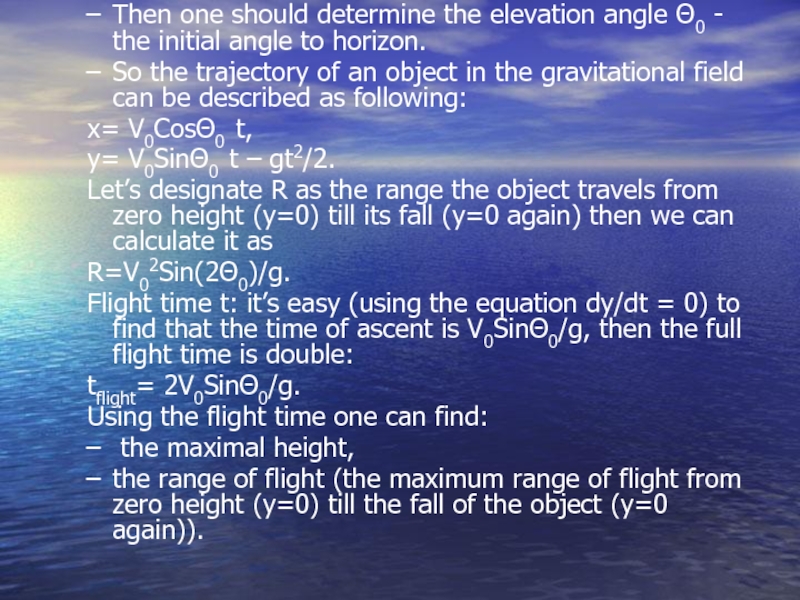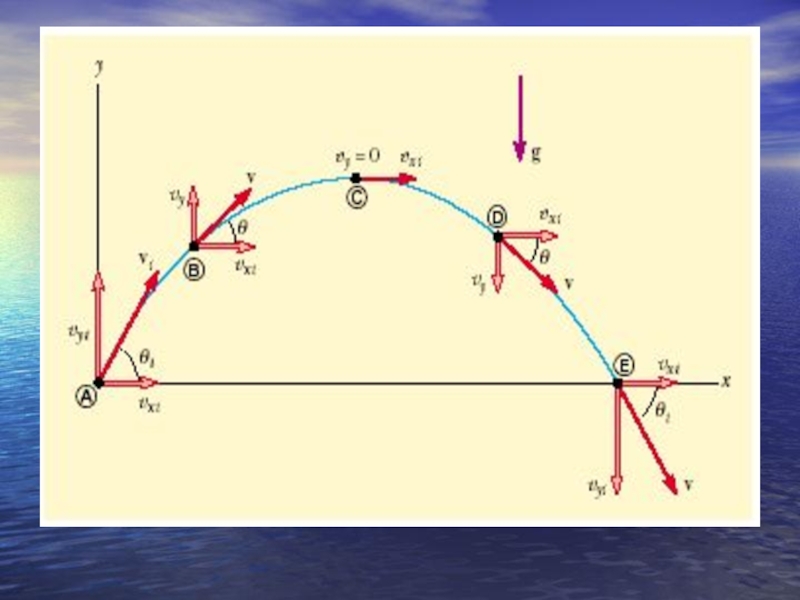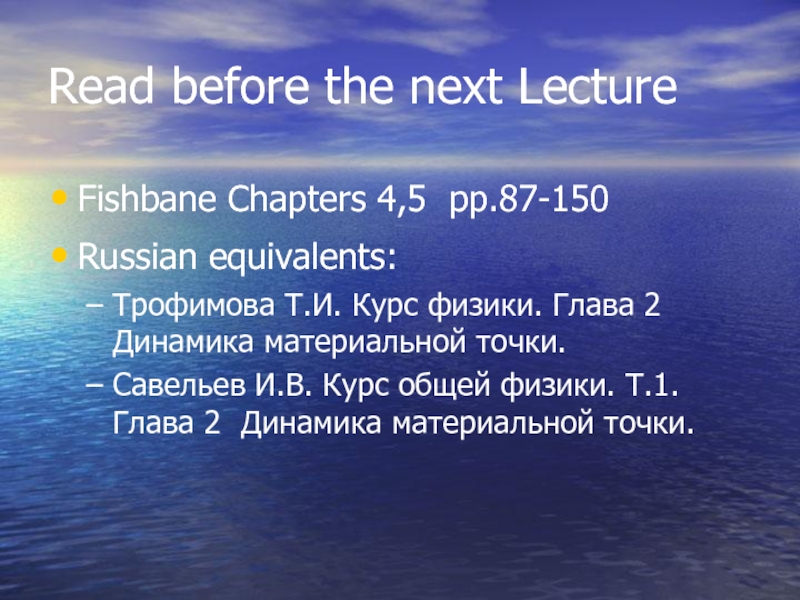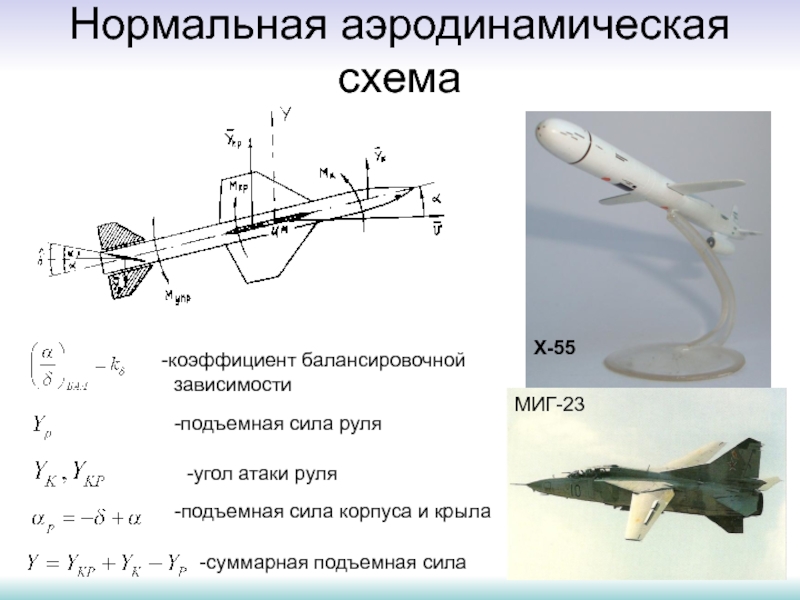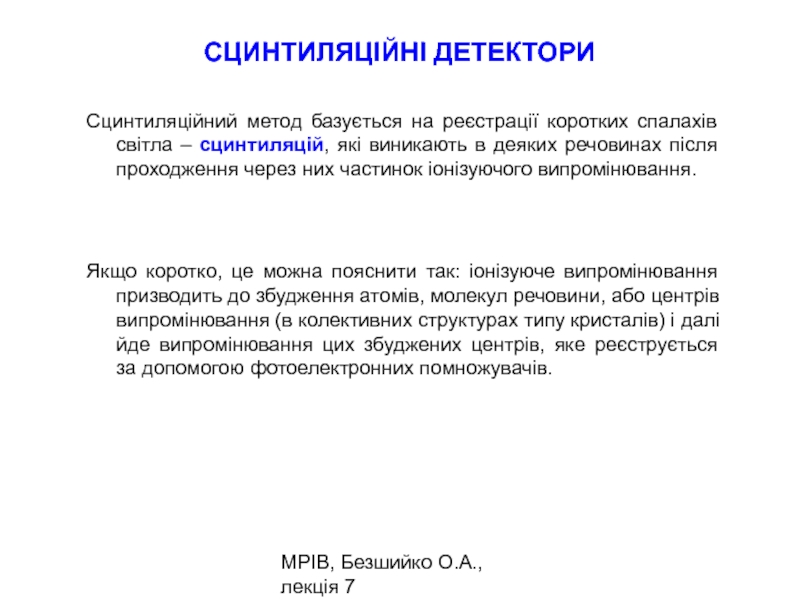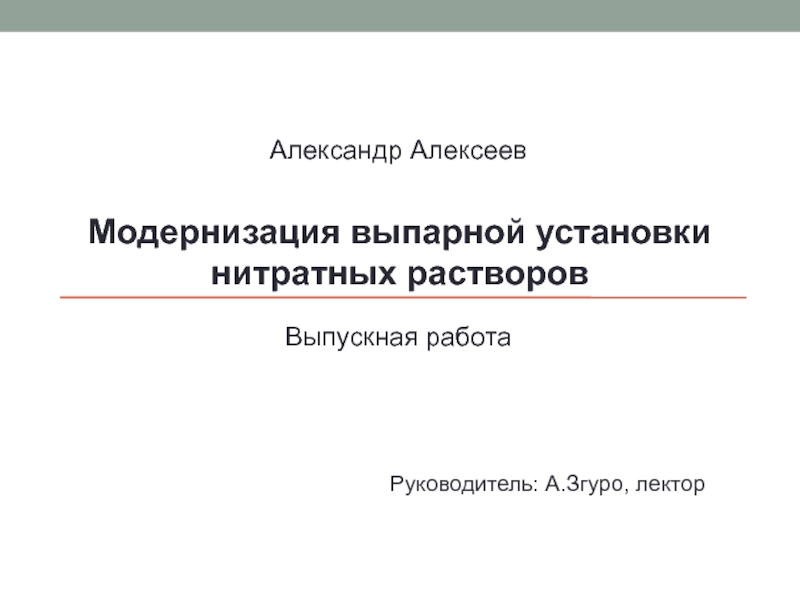Power and Oil and Gas Industry
Physical Engineering Department
Physics 1
Voronkov Vladimir Vasilyevich
- Главная
- Разное
- Дизайн
- Бизнес и предпринимательство
- Аналитика
- Образование
- Развлечения
- Красота и здоровье
- Финансы
- Государство
- Путешествия
- Спорт
- Недвижимость
- Армия
- Графика
- Культурология
- Еда и кулинария
- Лингвистика
- Английский язык
- Астрономия
- Алгебра
- Биология
- География
- Детские презентации
- Информатика
- История
- Литература
- Маркетинг
- Математика
- Медицина
- Менеджмент
- Музыка
- МХК
- Немецкий язык
- ОБЖ
- Обществознание
- Окружающий мир
- Педагогика
- Русский язык
- Технология
- Физика
- Философия
- Химия
- Шаблоны, картинки для презентаций
- Экология
- Экономика
- Юриспруденция
Mechacnics. Molecular physics and Thermodynamics. Electricity. Magnetism презентация
Содержание
- 1. Mechacnics. Molecular physics and Thermodynamics. Electricity. Magnetism
- 2. Physics 1 Mechacnics Molecular physics and Thermodynamics Electricity Magnetism
- 3. Lecture 1 SUBJECTS: Mechanics Kinematics
- 4. Mechanics Mechanics is the science of motion
- 5. Main terms of Kinematics Displacement is the
- 6. Average acceleration is the total change in
- 7. Displacement at constant acceleration in rectilinear motion
- 8. Rectilinear motion in graphics A) Object stands still. B) Object moves with constant speed.
- 9. Another example of rectilinear motion
- 10. The car motion in table
- 14. Velocity and acceleration
- 16. Projectile motion is a gravitational motion but
- 17. Then one should determine the elevation angle
- 19. R =V02Sin(2Θ0)/g
- 20. Circular uniform motion Uniform circular motion is
- 22. Units in SI Displacement x,y m Velocity V m/s Acceleration a,g m/s2 Angle φ rad Angular speed ω rad/s Period T s
- 23. Read before the next Lecture Fishbane Chapters
Слайд 1Republic of Kazakhstan
Ministry of Education and Science
Kazakh-British Technical University
Faculty of
Слайд 3Lecture 1
SUBJECTS:
Mechanics
Kinematics
Rectilinear motion
Projectile motion
Uniform circular motion
Слайд 4Mechanics
Mechanics is the science of motion and its cause.
Kinematics is the
mathematical description of motion.
Слайд 5Main terms of Kinematics
Displacement is the change in the position of
an object.
one-dimensional: ∆x= x2 - x1
many-dimensional:
Average velocity is the distance traveled per unit of time:
Instantaneous velocity is the velocity at infinitely small interval:
or the same
one-dimensional: ∆x= x2 - x1
many-dimensional:
Average velocity is the distance traveled per unit of time:
Instantaneous velocity is the velocity at infinitely small interval:
or the same
Слайд 6Average acceleration is the total change in velocity per unit of
time:
Instantaneous acceleration is the change in velocity per unit of time at infinitely small time:
Gravitational motion is the motion when gravitational acceleration g=9.8 m/s2 takes part. For example: rocket motion.
Instantaneous acceleration is the change in velocity per unit of time at infinitely small time:
Gravitational motion is the motion when gravitational acceleration g=9.8 m/s2 takes part. For example: rocket motion.
Слайд 7Displacement at constant acceleration in rectilinear motion :
Where r0 and V0
is initial displacement and velocity at t=0, a is constant acceleration.
Слайд 16Projectile motion is a gravitational motion but the object has no
its own acceleration. So the motion goes with constant gravitational acceleration. For example: cannonball motion.
Usual method for solving projectile motion problems:
Separate the motion into two parts: vertical and horizontal: so we have:
two coordinates x and y
two velocities Vx and Vy
one acceleration ay =-g, and ax=0
Usual method for solving projectile motion problems:
Separate the motion into two parts: vertical and horizontal: so we have:
two coordinates x and y
two velocities Vx and Vy
one acceleration ay =-g, and ax=0
Слайд 17Then one should determine the elevation angle Θ0 - the initial
angle to horizon.
So the trajectory of an object in the gravitational field can be described as following:
x= V0CosΘ0 t,
y= V0SinΘ0 t – gt2/2.
Let’s designate R as the range the object travels from zero height (y=0) till its fall (y=0 again) then we can calculate it as
R=V02Sin(2Θ0)/g.
Flight time t: it’s easy (using the equation dy/dt = 0) to find that the time of ascent is V0SinΘ0/g, then the full flight time is double:
tflight= 2V0SinΘ0/g.
Using the flight time one can find:
the maximal height,
the range of flight (the maximum range of flight from zero height (y=0) till the fall of the object (y=0 again)).
So the trajectory of an object in the gravitational field can be described as following:
x= V0CosΘ0 t,
y= V0SinΘ0 t – gt2/2.
Let’s designate R as the range the object travels from zero height (y=0) till its fall (y=0 again) then we can calculate it as
R=V02Sin(2Θ0)/g.
Flight time t: it’s easy (using the equation dy/dt = 0) to find that the time of ascent is V0SinΘ0/g, then the full flight time is double:
tflight= 2V0SinΘ0/g.
Using the flight time one can find:
the maximal height,
the range of flight (the maximum range of flight from zero height (y=0) till the fall of the object (y=0 again)).
Слайд 20Circular uniform motion
Uniform circular motion is performed with constant speed along
a circular path. Circular motion is a special case of motion on a plane. Its coordinates is angular coordinate φ and radius r. The angular speed ω is defined as:
The linear speed relates to the angular speed as:
Period T is the time of one full revolution:
T= 2π/ω.
The linear speed relates to the angular speed as:
Period T is the time of one full revolution:
T= 2π/ω.
Слайд 22Units in SI
Displacement x,y m
Velocity V m/s
Acceleration a,g m/s2
Angle φ rad
Angular speed ω rad/s
Period T s
Слайд 23Read before the next Lecture
Fishbane Chapters 4,5 pp.87-150
Russian equivalents:
Трофимова Т.И. Курс
физики. Глава 2 Динамика материальной точки.
Савельев И.В. Курс общей физики. Т.1. Глава 2 Динамика материальной точки.
Савельев И.В. Курс общей физики. Т.1. Глава 2 Динамика материальной точки.

